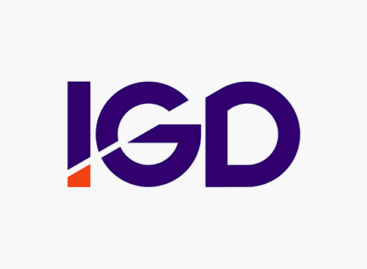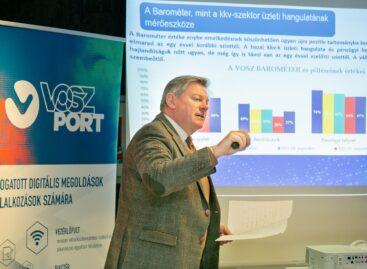Increasingly strict standards for food safety
EU legislation pertaining to food safety has been changing since 2000. A new approach called “from farm to fork” has been adopted, which emphasises that all elements of the food chain are responsible for safety. The powers previously exercised by the authorities of member states have been limited. According to Tamás László Györfi from TÜV Rheinland InterCert, EU legislation is clear regarding the obligations and powers of authorities, but only a general framework is provided in many cases. However, the use of generally accepted standards like HACCP can do a lot to reduce food safety risks. All other food safety standards and regulations are based on HACCP. ISO 22000 is the new international standard based on HACCP and published in 2005. Apart from ISO 22000, there are other standards worked out by other organisations which serve to enhance food safety. For example, the EurepGAP Fresh Fruit and Vegetable standard has been worked out by the retail chains and trade organisations represented by Euro-Retailer Produce Working Group (EUREP). As the role of private label products has been growing dynamically among European retail chains, two major standards have been developed. The BRC- Global Standard Food has been introduced by BRC in the UK, while the IFS (International Food Standard) has been introduced by the German HDE. This latter has also been adopted by members of the French FCD. – The need for monitoring products is nowhere as crucial as in the food sector, except for the pharmaceutical sector – says Dávid Kétszeri, a senior expert from GS1. Regulations related to monitoring are a relatively new element in standards. Effective monitoring is essential to implementing a fast recall campaign in case of a crisis. Packaging and identification need to be integrated in a coherent way and automatic data collection systems (bar code and RFID) are also required. Being suitable for monitoring is not added value, but a minimum requirement for quality food today. Both the merchandise and its place of origin should have their individual identification, while data also needs to be recorded and collected along the whole supply chain.
Related news
Related news
Waves in the company trend – the changing faces of liquidations and company formations
Even with decreasing terminations, decreasing numbers of companies in the…
Read more >IGD: Retail media and increased efficiency will be important in 2024
This article sets out to summarise the retail trend predictions…
Read more >Domestic businesses are planning cautiously but consciously – VOSZ Barometer business sentiment analysis – Q1 2024
Uncertainty is still strongly felt in the business mood of…
Read more >



